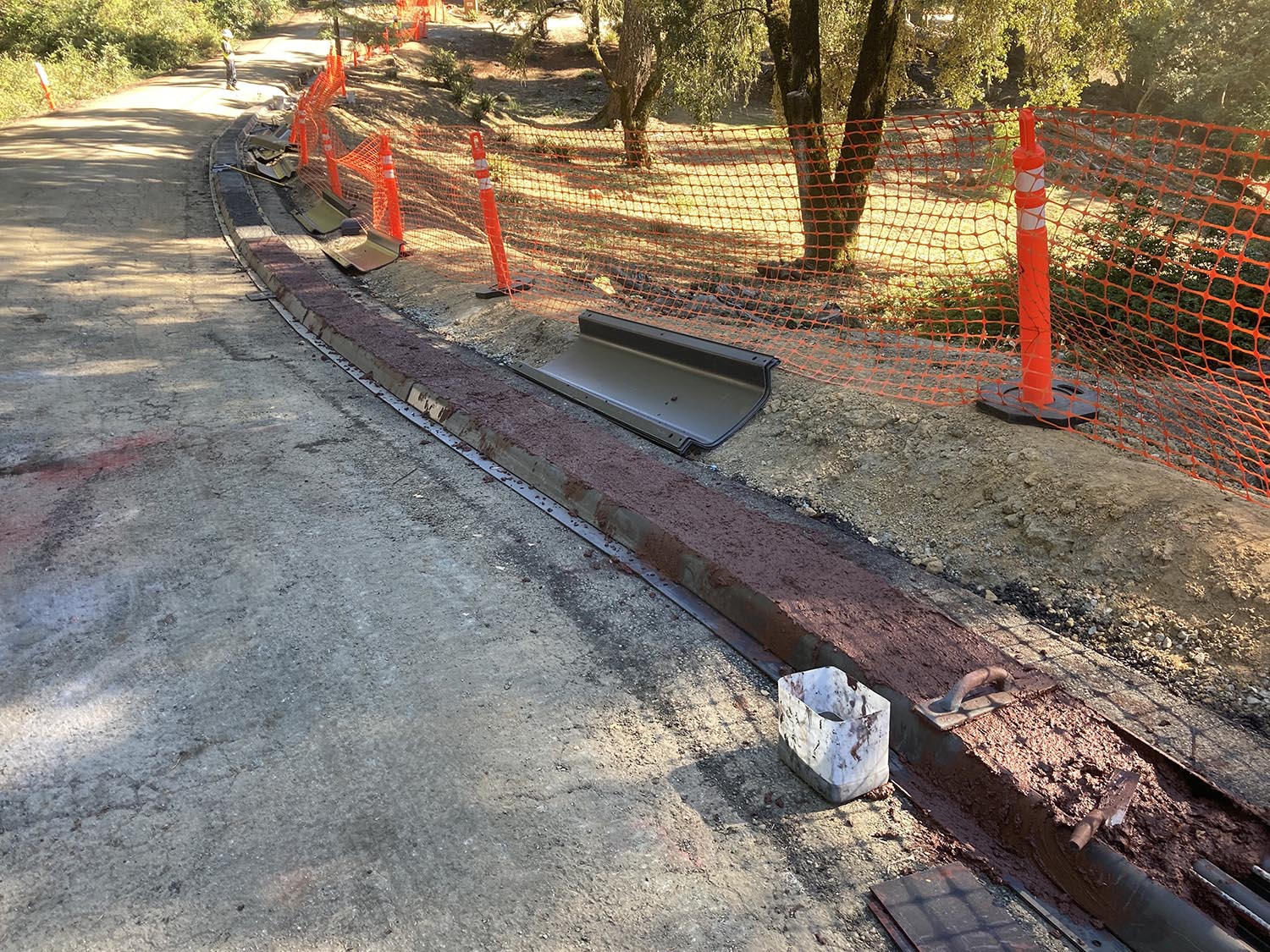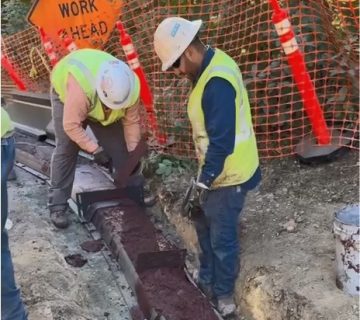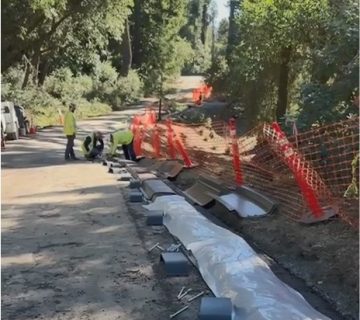GLDS vs. Traditional Overhead Power Lines: A Safer and More Efficient Alternative
Electricity distribution is a critical part of modern infrastructure, ensuring that homes, businesses, and industries receive a steady supply of power. For decades, overhead power lines have been the standard method of power transmission. However, a new and innovative approach—Ground Level Distribution Systems (GLDS)—is emerging as a safer and more efficient alternative. But how do these two systems compare? Let’s explore the benefits and challenges of each.
What Is GLDS?
Ground Level Distribution Systems (GLDS) involve laying power lines inside a protective conduit at ground level rather than suspending them on poles. This method enhances safety, improves reliability, and reduces maintenance costs compared to traditional overhead lines.
The Drawbacks of Overhead Power Lines
Overhead power lines have been in use for over a century, but they come with several challenges:
- Weather Vulnerability: Storms, high winds, and falling trees often damage overhead lines, leading to frequent power outages.
- Safety Hazards: Exposed power lines pose a risk of electrocution, fires, and accidents involving vehicles or construction equipment.
- Visual Pollution: Overhead lines clutter cityscapes and reduce aesthetic appeal, especially in urban and residential areas.
- High Maintenance Costs: Utilities must frequently inspect, repair, and replace damaged poles and lines, leading to significant expenses over time.
How GLDS Offers a Better Alternative
GLDS addresses many of the problems associated with overhead power lines by offering:
- Increased Safety: Since power lines are enclosed in conduits at ground level, the risk of electrocution and fire hazards is significantly reduced.
- Improved Reliability: Being protected from wind, storms, and falling debris makes GLDS more resistant to weather-related disruptions.
- Lower Maintenance Costs: With fewer external threats, utilities spend less on repairs and emergency response.
- Enhanced Urban Aesthetics: Without overhead wires and poles, cities and residential areas benefit from a cleaner and more visually appealing environment.
The Future of Power Distribution
As technology advances, GLDS is becoming an increasingly viable option for modern power distribution. Many cities and utility companies are considering this method as part of infrastructure upgrades to enhance safety, efficiency, and aesthetics. While overhead power lines will still be in use for some time, the shift toward GLDS represents a step forward in creating more reliable and resilient electrical grids.
Conclusion
Ground Level Distribution Systems (GLDS) offer a promising alternative to traditional overhead power lines, improving safety, reliability, and urban aesthetics while reducing maintenance costs. While challenges such as installation expenses exist, the long-term benefits make GLDS a compelling solution for the future of power distribution. As cities and utility providers explore innovative ways to modernize infrastructure, GLDS is set to play a crucial role in shaping the next generation of electrical grids.



